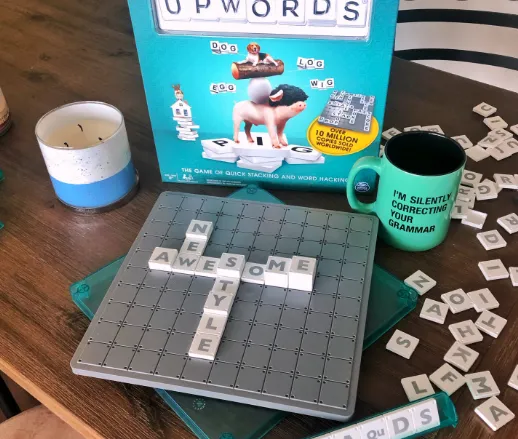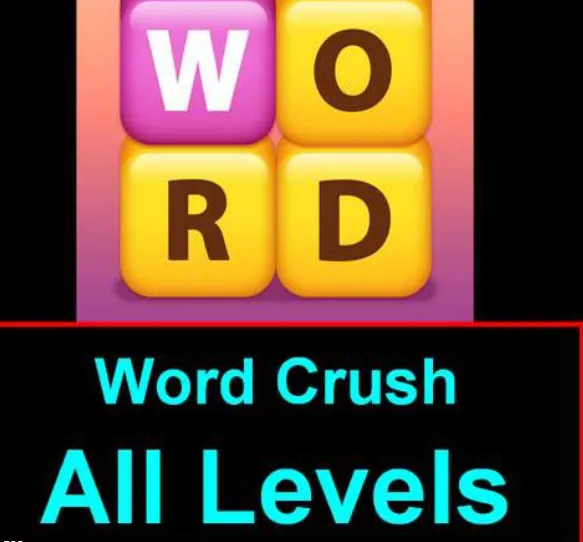How many words with double letters can you think of from your recollection alone if you sit and think around it? Double-letter wording is words that include at least one batch of letters used twice sequentially to make a particular sound, generally used in the stressed syllable in the word embodying them.
Double-Letter Words With 5 Letters
A few words of five letters have duplicated letters. Some, like latte, are highly influenced or created only by other languages. Some are just a plural form of four-letter words that include duplicate letters, like weeks or tools.
abyss
achoo
added
addle
agree
allay
amass
annex
array
atoll
baggy
balls
betta
bless
bliss
bluff
bossy
bunny
chess
chill
class
cliff
comma
crass
daily
dizzy
dolly
dress
drill
dwell
fizzy
floor
floss
fluff
fully
funny
gabby
gloss
grass
grill
gross
gruff
happy
heeled
henna
hurry
igloo
inner
kazoo
knoll
latte
lolly
lotto
melee
messy
missy
offer
patty
penne
piggy
posse
press
puree
quell
quill
rummy
runny
rupee
scoff
scuff
shall
silly
sissy
skiff
skill
skull
small
smell
spell
spoon
spree
staff
stall
steel
stiff
still
stuff
sunny
swell
tabby
taboo
taffy
three
tabby
taber
tabes
tabid
tabis
tabla
tools
trees
trill
vacas
vacay
vacua
vagal
vague
vagus
troll
tummy
weeks
wheel
whoop
yahoo
It doesn’t matter how big a word you say.

Since every character in the English alphabet has distinct phonetic sounds, double letters are needed to emphasize particular sounds in words and secure the word is marked correctly. For the sample, if the term letter has a “t,” it might seem like an entirely different word with different significance.
- There is no requirement for a word to include a two-letter sequence, nor is there a limit to the size of a word.
- Words with duplicate letters in the English language can vary from 3 letters to any number of letters.
- The bigger the word, the more likely you are to see at least one two-letter match.
Recognize two-letter words.
At present, you have had the prevalence of these words brought to your consideration. You can see merely how often they happen in your daily connection and why they are significant to the phoning of the English language. Wording with double letters can be some of the best frequently utilized and seldom identified types of dialogue used in everyday speech, whether the communication is scripted or voiced verbally.
Try to record, for a whole day, all the words you use that contain double letters. You might get caught. As you think in pairs, explore sample words with multiple meanings.
What are the right two-letter strategies?
If you suspect an everyday Wordle is facing double letters, there are some tactics you can use to help you understand it.
Fortunately, since Wordle deals only with five-letter words, it narrows down where double letters might appear in the answer somewhat.
Repeated letter combinations tend to be double letters such as “SS” (as in “glass”) or “nn” (as in “sunlit”) and so on.
You might also try to think of two letters in the middle of words - like “whole” or “paddy” - or at the end, like “three” and “dress.”
Can words be repetitive in Wordle?
You may not be surprised to learn that Wordle’s database of potential responses does not contain all the words over 13,000 letters in the English language.
That would make for some frustratingly obtuse solutions on certain days, with obscure words flummoxing most users, though an early prototype of the game did take this all-or-nothing approach.
“I just tossed each five-letter word in the English language of any dictionary I found online,” said Wordle creator Josh Wardle. “So there were a couple of very obscure words in English that I’ve never heard of.”
A great strategy.
Does a good strategy exist to play the game? Of course, before entering the first word, the player has no information about the word, and it could be one of about 15,000 5-letter English words. However, once the first word is submitted, the player will get more information about the letters involved in the target word, as per the word entered. Is there a proper strategy when the player begins to receive feedback? You know, maybe there is. Afterward, feedback on the first term is provided; the triumph would depend on plenty of factors, for example, the player’s language and how they can be restricted down their subsequent guess premised on the judgment. However, the selection of the first term is self-reliance of the player’s language or wording skills.
Therefore, we can perhaps talk about a strategy that would provide the best feedback (one with as much information as possible) after the first word is submitted.
Fundamentally, a good strategy for the first word entered would be one that attempts to eliminate as many remaining letters as possible. Top yet, a promising approach for the first concluded word would be single that can decide as many memoirs of the target term as potential with as many suitable placements of this letter. In this study, I am trying to come up with an approach, or rather a term, that can fulfill that goal.
A strategy for vowels.

Vowels play an essential role in the development of a strategy to eliminate a large number of words per turn. This is because at least one vowel exists in each syllable of the word. It has five vowels: A, E, I, O, and U. While the letter Y may act as a vowel in a few words, I did not consider it a vowel here. Outset the search with vowels might be a good notion because every unique letter in English ought to have at minimum one vowel (well, such is not 100% authentic, as we desire to find a piece later, we should be able to uncover eight words unless any vowels, despite not laying the merit of this approach into a query).
It’s called frequency strategy.
The preceding strategy dealt only with vowels. But this strategy will focus on all letters. We shall evaluate the letters most frequently used in the alphabet and also determine the most frequent placement of the letters most frequently used in 5-letter words. Based on these, we will determine the best words to enter first into the game.
There are a lot of words in English that differ by a single letter, and when it’s the same repeated letter, it’s easy to merge. Nevertheless, English pronunciation happens to the rescuing to help with English spelling rules, and there’s a leisurely way to tell the discrepancy between wording that has a particular letter and wording that have a duplicate letter: the profound of the vowel. Acquisition of the pronunciation of a term helps you recognize which to use to get the term you want.
So in best of these litigations, the vowel is suggested as long either by the adding of another vowel right away following, before any consonant, or stated as long by the ‘quiet E’ after the corresponding. There are historical reasons why the “Silent E” tends to extend the preceding vowel. These silent E’s generally represent syllables present, but without constraint in Middle English, but lost in the transition from Middle English to Modern English in the 1400s. During this time of transition, the pronunciations of the five vowels, A, E, I, O, and U, were divided into long and short pairs that we now have. How and where they separated was essentially a function of the syllabic structure that followed the vowel. In Midpoint English, in shutting down syllables (those ends with a consonant), the history of the vowel may have ended to be shortened, carve off as it has happened a consonant; vowels in opened syllables will have been protracted. The peculiarities of English spelling nowadays sometimes reflect the previous phonology of medium English.
How these letters are used in word plays.
Either way, the examples I gave above of long and short pairs were all pairs of one syllable, and we used extra vowels, in one position or another, to make the vowel long. As we enter into multi-syllabic words, we reverse the challenge: we use additional consonants to indicate that the vowel is short. Doubling the consonance suggests that yes, indeed, it was really a closed syllable in the past, and therefore the vowel would have been short. “Wedding”, “better”, “butter”, “hopper”, “canner”, “seller”. For a few of these, if there is a juxtaposition pair with the long vowel, it got an extra vowel character helping to point out that the vowel is lengthy.
\s\s **FAQs\s\s \s\s What are some common 5-letter words with double letters?\s\s ** Explore familiar words like “added”, “agree”, “amass”, and “bliss”, where double letters add emphasis and distinction to their phonetic pronunciation. **Can words be repetitive in Wordle?\s\s ** Learn about the mechanics of Wordle and how its database of potential responses includes a curated selection of 5-letter English words, offering players a challenging yet rewarding gameplay experience. **Is there a strategy for playing Wordle?\s\s ** Discover strategic approaches for playing Wordle, including tactics for identifying double letters and maximizing word-guessing efficiency to achieve optimal results. **How do vowels play a role in word strategy?\s\s ** Understand the significance of vowels in word strategy, where the frequency of vowel usage and placement influences word selection and gameplay tactics in word-based games. **How do letters contribute to word plays and pronunciation?\s\s ** Explore the historical and phonetic aspects of English spelling and pronunciation, where the use of double letters and silent consonants elucidates the nuances of language evolution over time.\s\s




